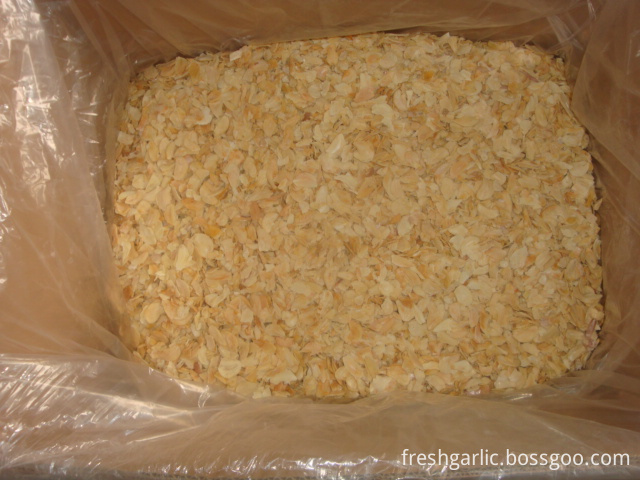The symptoms are also called wet rot and bad head disease. The main damage end of the plant 2-4cm young, the initial water stains, rapid expansion under conditions of high humidity or foliar condensation, was corrupted by wet rot, caused by the curvature of the stem. Under dry conditions or when there is sufficient sunlight, the decayed part hangs upside down on the top of the stem, and at night the humidity rises with temperature drop, and the diseased part is again wet and rot. The pedicel was infected at the lower pedicle and was initially gray-brown and rot-like. Afterwards, an erect gray and velvet velvety mildew layer was standing around the sickle, with large black needle-like cysts and sporangia in the middle, and later the pods gradually yellowed. The disease spreads from the pedicle to the hoe handle. When the humidity is high, many peas with long gray-white and half-brown are seen in many pods, and the kin remains green. The pathogens Choanephora cucurbitarum (Berkeley et Rav.) Thaxter and Choanephora mandshurica (Saito et Na8amoto) Tai are known as phytophthora and entomomycetes. C. cucurbitarum cysts upright on the host, colorless and transparent, no diaphragm, no branching, the top of the expansion into a large needle-shaped cysts, and many small branches on the cyst, the end of the small branches expanded into a large sporangia and Microsporangia. The megasporangium has a diameter of 40-50 flm. Microsporangium grows on the globular cyst. The size of the microsporangium is 13-1411-12 (μm). The microsporangia contains 2-3 spores, mostly 3, and the size is 10-135. - 8 (μm), mostly unit cells, lemon to spindle, brown or tan, with vertical skin. The bacteria is parasitically weak, except for the damage of zucchini, cucumber, melon, double beans, tobacco; peppers, it can also infect sweet potatoes. C. mandshurica large and small sporangia are produced and multiply on the same mycelium. The megasporangium grows on the top of the undistributed cyst stalk, the main axis is bifurcated at the top, and the sporangia 30 to 60u4m in diameter. Each spore has a bundle of cilia on both ends. It harms the flower and fruits of solanaceous fruit, melons and beans. Transmission routes and pathogenic conditions The main pathogen is the wintering of the mycelia with the diseased body or producing spores in the soil. Hunchun infested pea flowers and young fruit. After the onset of the disease, the Minister of the disease produces a large number of spores, which are transmitted through wind and rain or insects. The bacteria are rotgenic and can only invade flowers and fruits that are debilitating in their vitality. Pea planted in protected areas, in case of low temperature, high humidity conditions or after the watering is not timely, the amount of air is not enough and lack of sunshine, continuous rain, the disease is prone to occur and popular. The prevalence of open peas mainly depends on the degree of plant lushness, the number of rainy days, and the amount of rain, rain, and water in the fields during the end of the period. Planted on the production of dense, inter-plant depression caused by heavy disease. Control methods (1) Three-year or more rotations with non-bean crops. (2) Use sorghum cultivation, reasonable watering, prevent flood irrigation, timely drainage after rain, reasonably close planting, pay attention to ventilation, prevent moisture retention. Should be removed in a timely manner, residual disease, sickness, concentrated deep or burned. (3) In the flowering stage, spraying 64% antivirus WP 400 to 500 times or 75% chlorothalonil wettable powder 600 times and 58% metalaxyl. Manganese zinc wettable powder 500 times, 18% mesalamine manganese zinc wettable powder 600 times, 70% ethyl phosphorus manganese zinc wettable powder 500 times, 50% methyl cream wettable powder 600 times liquid, 72% Kelu or Ke Kang Ling or Kechuang cyanide WP 800 times, 47% Garnett WP 800 to 1000 times. When the above fungicides produce resistance, they can use 69% ank manganese zinc 1000 times.
Dehydrated Garlic Flakes is first-class flavoring and health food,medicines raw materials,select the high-qualiti garlic for use to process through the process of peeling,shelling one,slicing,washing,toasting,packing etc. Dehydrated Garlic flakes are easy to become damp,and pls store Dehydrated Garlic Flakes in dry place keep Dehydrated Garlic Flakes from strong sunlight.
Dehydrated Garlic Flakes
Products Description
1. Commodity name: Garlic flake:
Dehydrated Garlic Flakes Dehydrated Garlic Flakes,Garlic Tablets,Dehydrated Garlic Chips,Bulk Dehydrated Garlic Flakes JINING FORICH FRUITS & VEGETABLES CO., LTD. , https://www.forichgarlic.com
2. Feature:
a) Grades: Grade 1, Grade 2
b) Colors: Normal white or light yellow
c) Broken rate: 5% max.
d) Thickness: 1.6 - 1.8mm
e) Moisture: 6% max.
f) SO2 content: 30ppm max
g)Taste:pungent
h)Aroma: characteristic of garlic,nice cut and regular size
i)Total plate count:max 100000pcs/g
j)Coliform bacteria: max 50pcs/g
k)E.Coli:negative
l)Salmonella: negative
3. Packing: 20kg/ctn with double plastic bag inside
4. Supply period: All year round
5. Conveyance: 9mts/20' FCL, 18mts/40' FCL

